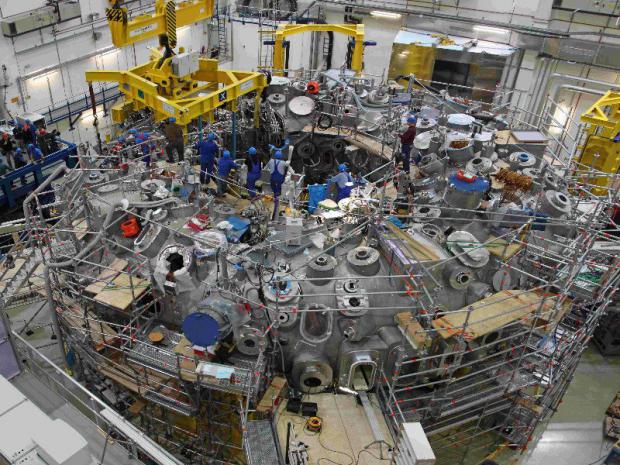
Breaking News
 Tony Blair is back in Lebanon to enforce the Zionist/Trump expansionist plan
Tony Blair is back in Lebanon to enforce the Zionist/Trump expansionist plan
 My First Bitcoin Goes Global, Will Empower Educators Worldwide
My First Bitcoin Goes Global, Will Empower Educators Worldwide
 GAME OVER! Congress EXPOSED for abusing security clearance to ENRICH THEMSELVES!!
GAME OVER! Congress EXPOSED for abusing security clearance to ENRICH THEMSELVES!!
Top Tech News
 New Gel Regrows Dental Enamel–Which Humans Cannot Do–and Could Revolutionize Tooth Care
New Gel Regrows Dental Enamel–Which Humans Cannot Do–and Could Revolutionize Tooth Care
 Researchers want to drop lab grown brains into video games
Researchers want to drop lab grown brains into video games
 Scientists achieve breakthrough in Quantum satellite uplink
Scientists achieve breakthrough in Quantum satellite uplink
 Blue Origin New Glenn 2 Next Launch and How Many Launches in 2026 and 2027
Blue Origin New Glenn 2 Next Launch and How Many Launches in 2026 and 2027
 China's thorium reactor aims to fuse power and parity
China's thorium reactor aims to fuse power and parity
 Ancient way to create penicillin, a medicine from ancient era
Ancient way to create penicillin, a medicine from ancient era
 Goodbye, Cavities? Scientists Just Found a Way to Regrow Tooth Enamel
Goodbye, Cavities? Scientists Just Found a Way to Regrow Tooth Enamel
 Scientists Say They've Figured Out How to Transcribe Your Thoughts From an MRI Scan
Scientists Say They've Figured Out How to Transcribe Your Thoughts From an MRI Scan
 Calling Dr. Grok. Can AI Do Better than Your Primary Physician?
Calling Dr. Grok. Can AI Do Better than Your Primary Physician?
Proposals for new stellerator fusion designs and projects in the 2020s

Advances in stellarator physics and engineering in the years since the large stellarators LHD and W7-X were designed have the potential to make quantum improvements in the design of stellarators. The current aim of the U.S. stellarator program is to continue to advance the science and technology of stellarators through theory and experimental research on domestic experiments and, in a major collaboration with Max Planck Institute for Plasma Physics, on Wendelstein 7-X. The envisioned next step is a new initiative to develop improved stellarator concepts, taking advantage of recent progress in stellarator physics and engineering, on a scope and time scale to impact the direction of fusion development in the ITER era and decisions on next steps beyond ITER. The initiative would begin with a theory and concept optimization activity focused on developing and evaluating new designs that can become the basis for new experimental facilities. New experiments, which would be essential for convincing assessment of the potential of new concepts would be built and would begin to come on-line in the 2020s.

 Doug Casey and Michael Yon
Doug Casey and Michael Yon
 Unbanked In A Connected World
Unbanked In A Connected World

